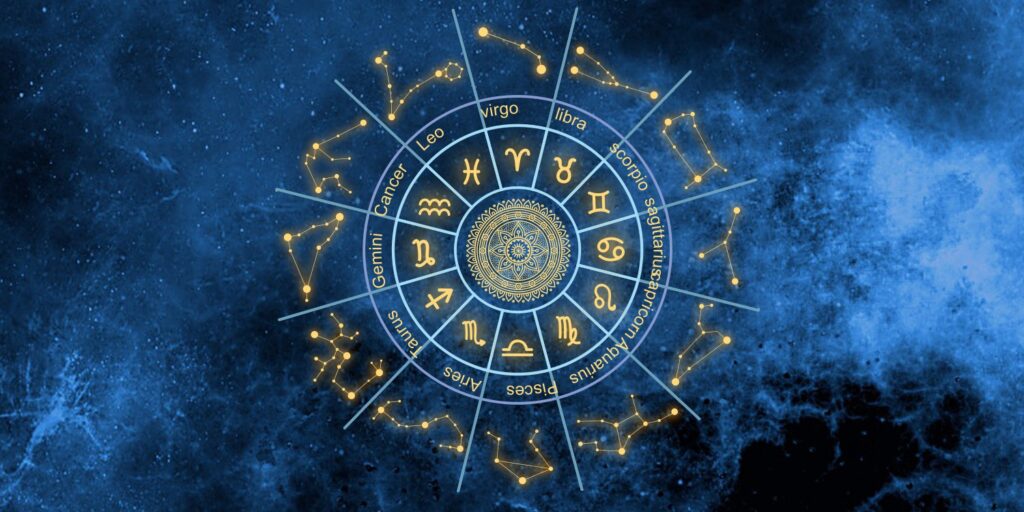Jupiter transit in Pisces wef 13th April 2022

Jupiter transit in Pisces wef 13th April 2022
Ruby originates from the mineral species corundum which exists naturally, and it is the most valuable gem of this species. The name “Ruby” is derived from the Latin word “Ruber,” which translates as “Red.” Its tint ranges from pink to purplish red to blood crimson. Ruby belongs to the ‘Cardinal Gemstones’ family (a very old categorization of gemstones, Cardinal gemstones are those that are historically regarded as precious). The red hue of the Ruby is caused by the inclusion of traces of chromium in it; the more chromium, the more intense the red colour.
Historically speaking, ruby was obtained from mining in Myanmar (from around 600 AD), Thailand, and Cambodia. Other nations that possess ruby deposits include Afghanistan, Brazil, Colombia, India, Namibia, Japan, and Tajikistan.
Astrological significance of Ruby
Wearing Ruby increases the power of the Sun in one’s kundli. Leo is the Vedic rashi connected with Ruby. It increases a person’s chances of being appointed to a position of authority in the government. It enhances the wearer’s repute and boosts his or her image in society. It also aids in the treatment of mental long-lasting illnesses. Ruby rings, according to vedic astrology, should be worn on the ring finger of the working hand for the greatest astrological effects.
Astrological need of Ruby
The Sun is related with ruby. A person who has malefic planets like Rahu, Ketu, or Saturn impacting the Sun in their kundli should wear Ruby to counteract their negative effects. Those who are having difficulties in their careers should wear ruby. People with the Sun in the sixth, eighth, or twelfth houses of their kundli must wear Ruby to get favourable outcomes.
Choice of Ruby for Astrology
If the Ruby gemstone is to be utilised for astrological purposes, its colour is more valuable than its clarity. For better astrological outcomes, the deeper blood red hue Ruby is regarded as the highest-quality and most sought. Natural corundum, the parent material linked to ruby, is clear, with a red hue caused by the presence of chromium. Ruby in softer tones or pinkish red has a lower value. In general, Ruby should not be too dark or too bright for astrological reasons.
According to vedic astrology requirements, Burmese rubies are the best because of their good red colour, clarity, hue, and size. Myanmar’s ruby mines have been a source of excellent quality ruby for centuries and are regarded the greatest quality of ruby, with Burmese pigeon red ruby being the most superior grade.
There are no natural rubies without inclusions. Good grade rubies have distinct, tiny imperfections called needles. It must be guaranteed that additions do not diminish Ruby’s transparency.
How to wear Ruby ?
Ruby should be adorned in gold. The ring is to be immersed in holy ‘gangajal’ and raw milk or ‘panchamrit’ prior to wearing. The ring is then cleaned and energised in the morning by reciting the Surya mantra 108 times:-
ॐ ह्रीं ह्रीं सूर्याय नमः
Day and time to wear: Any Sunday of Shuklapaksh, between 5 am to 7 am (at sunrise)
Finger: Ring finger of working hand
